Description of characteristics and Flavor of hand-made Coffee washed with Sun Water recommendation of Coffee Brands in Yega Xuefei area
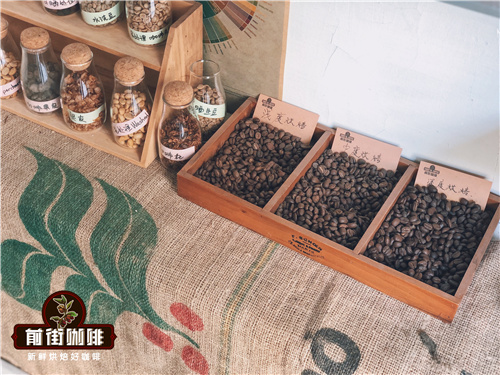
Professional coffee knowledge exchange more coffee bean information please follow the coffee workshop (Wechat official account cafe_style)
Yejashafi coffee beans can give people a very sour taste at the first taste, which is different from the sour quality of bean vinegar in daily life, but more inclined to the sour quality of lemon and citrus fruit, as well as some bitterness. This is a very special African coffee. The coffee beans produced there are named after the coffee producing areas in Ethiopia. On the front street, there are several kinds of Yegashafi coffee beans.
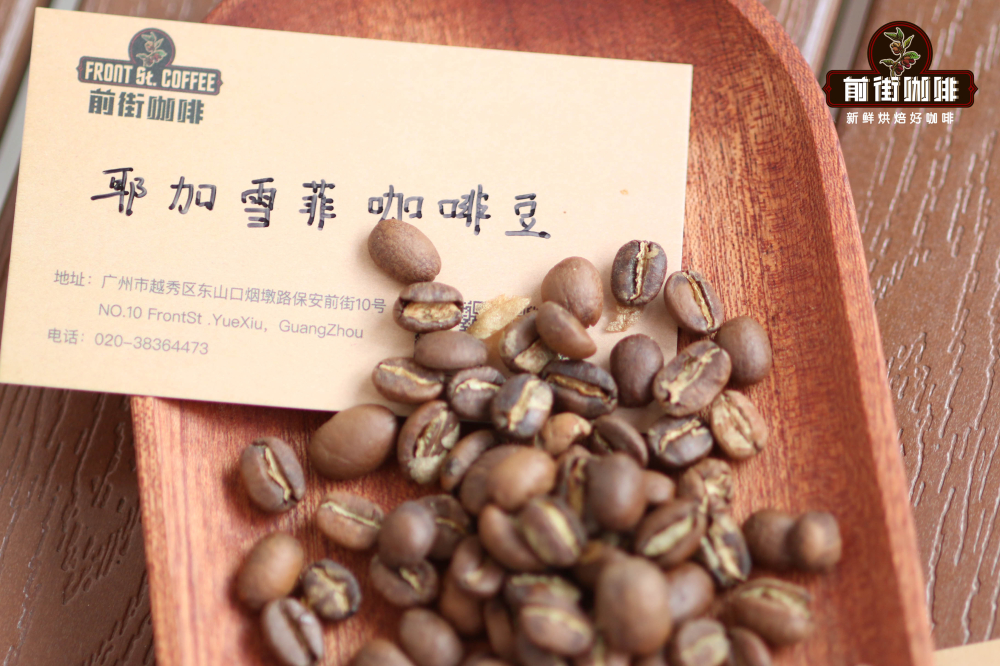
If Qianjie is asked to recommend a special coffee bean to people who have never had coffee before, Qianjie will recommend coffee beans from the hometown of coffee, Yegashafi, Ethiopia. When it comes to Yega Xuefei coffee beans, Qianjie believes that many people have the impression that they are sour. On the one hand, the acid quality of Yega Xuefei is its source and its treatment. Because there are many ways to treat coffee beans, the most common are washing treatment, sun treatment, honey treatment, anaerobic treatment and so on. These different treatments bring different coffee flavor.
For example, the flavor of washed coffee beans is different from that of sun-treated coffee. Let me introduce to you a kind of water-washed Ye Jia Xue Fei Guoding Ding Ding on the front street shelf. One of the characteristics of washing coffee beans is that the taste of coffee will be very clean. Generally speaking, the process of washing is to remove the peel and pulp of the harvested mature coffee fruit by a practical peeling machine, then put it into the pool to ferment for about 18 hours, and then wash it with clean water before drying. When the water content of raw coffee beans is reduced to about 11%, the treatment is completed.
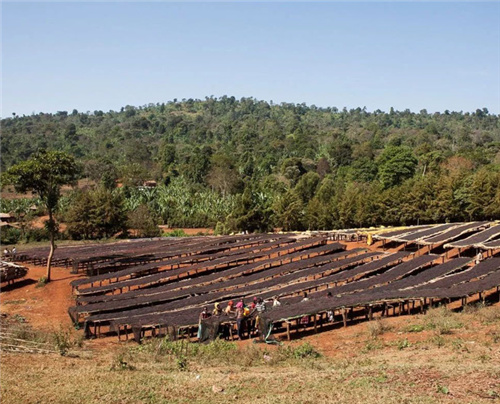
After the complete processing process, the washed Yega Xuefei can not only feel the acidity of lemon in the coffee, but also feel the faint fragrance of jasmine, which is the special taste of coffee grown in Ethiopia. The cleanliness and quintessence brought by washing treatment are loved by many people. Qianjie believes that washing is the best way to reflect the flavor of the producing area, so most of the seven rations beans on Qianjie are washed, which is a group of coffee beans with high performance-to-price ratio.
However, there are also many people like Yega Xuefei coffee beans treated by the sun, which is the most primitive way to treat coffee beans in Africa, because the economy in Ethiopia is not very developed. Generally, the picked coffee fruit is spread directly on the open space of the threshing field, so that the coffee can be fully sunburned by the sun, and the excess water is taken away along with the heat. So the sugar of pectin precipitates in the coffee beans with the drying of the coffee fruit. So the acidity of sun-treated Yejasuffi is not as bright as that of water-washed Yejasuffe, but it has a fermented wine aroma similar to that of ripe fruit, which is the beauty of Yejasefei coffee.
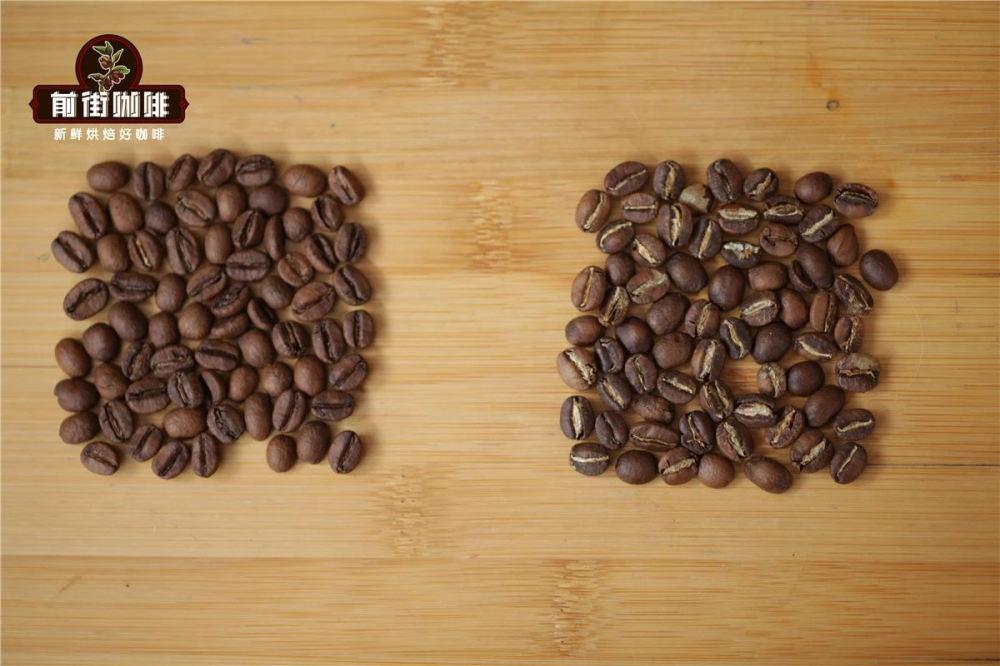
The coffee bean growing area of Yega Xuefei is also very high, with an altitude of about 2000 meters above sea level. There are more than 40 cooperatives in the Yejashafi coffee producing area, which mainly manage coffee cultivation in a family business model. There are also well-known micro-producing areas under the Yega Sheffei producing area, such as Cochel, Fog Valley, Godibe and other micro-producing areas, where the Yega Sheffield beans have their own unique flavor.
Generally speaking, the size of coffee beans in Ethiopia is not as uniform as that in Colombia, and the beans in Ethiopia are very different in size, because there are so many wild coffee trees in Ethiopia, and the government does not have the economic strength to classify them. in addition, it is very understandable that the Ethiopian government has not released relevant information for the protection of these wild coffee species. So the local coffee farmers are still mixed, and they are also mixed when they are harvested, which is why the coffee beans are different in size.
Therefore, Ethiopia's coffee beans will have a quality problem, some coffee beans are of higher quality and some coffee beans are of lower quality, so mixing together will lead to a drop in the price of coffee beans. Dutch raw bean merchants also found this problem in local coffee and partnered with the local Ethiopian cooperative to launch a campaign to improve the quality and price of coffee called the Red Cherry Project. The Red Cherry Project is actually a business plan to promote the quality of coffee, solve the problem from the source, and encourage coffee farmers to complete every process of picking and processing coffee beans more attentively by raising the purchase price of high-quality coffee raw beans. Full manual picking is used in the picking stage to select coffee fruits with high maturity.
In fact, the size of coffee beans will make it difficult for bakers. Because of the inconsistent size, Qianjie generally uses light baking to bake Yejasuefi beans, which can well highlight the flavor of Yejasuefi coffee beans, but as far as Qianjie knows, many businesses also use moderate baking, which weakens the acidity of Yejasuffi and increases its alcohol thickness.
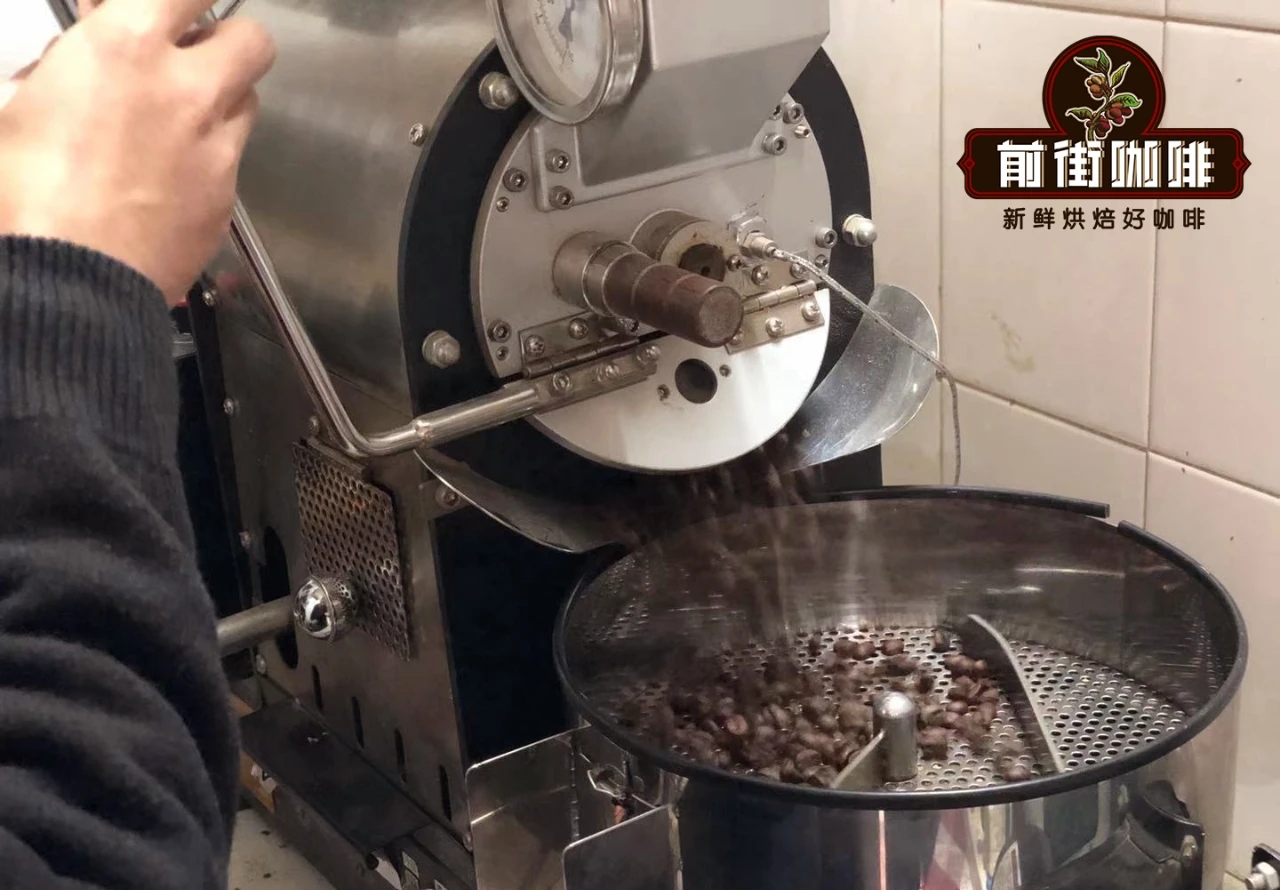
The front street tells a tip about how to tell the difference between washed Yejabee coffee beans and sun-cured Yejiachefi coffee beans. Generally speaking, we can first distinguish from raw beans. Sun-dried beans in the state of raw beans look yellowish green with more silver skin, while washed beans are blue-green with less silver skin. This is because the washed beans are soaked in the water for a long time, the silver skins are separated from the coffee beans, and the outer silver skins are peeled off by the way when the parchment is finally removed, and there is little silver left on the surface of the washed raw beans. Then, in terms of cooked beans, there are more silver skins washed in water, while less silver skins in sun-washed Yejiaxuefei. There is also a great difference in flavor. The sour quality of washed Yejiaxuefei is lighter and brighter, while sun-washed Yega Xuefei adds a sense of fermentation and sweetness.
Qianjie uses a three-stage technique to flush these two types of Yega Xuefei by hand. The first stage of Qianjie is generally boiled with 30 grams of water for 30 seconds, then 95 grams (the electronic scale shows about 125 grams), and the injection is completed in about 1 minute. When the water level drops to 2 grams in the powder layer, the remaining 100 grams are injected into 3 places (about 225 grams shown by the electronic scale), about 1 minute and 35 seconds. 2: 10 "trickling is completed, remove the filter cup and complete the extraction. By comparison in Qianjie, it is found that Yejiaxuefei red cherry has the highest sweetness, Huigan has the flavor of caramel and cream, and the aftertaste has the aroma of black tea. The washed Yejia Xuefei has a hint of jasmine, lemon and citrus is very rich.
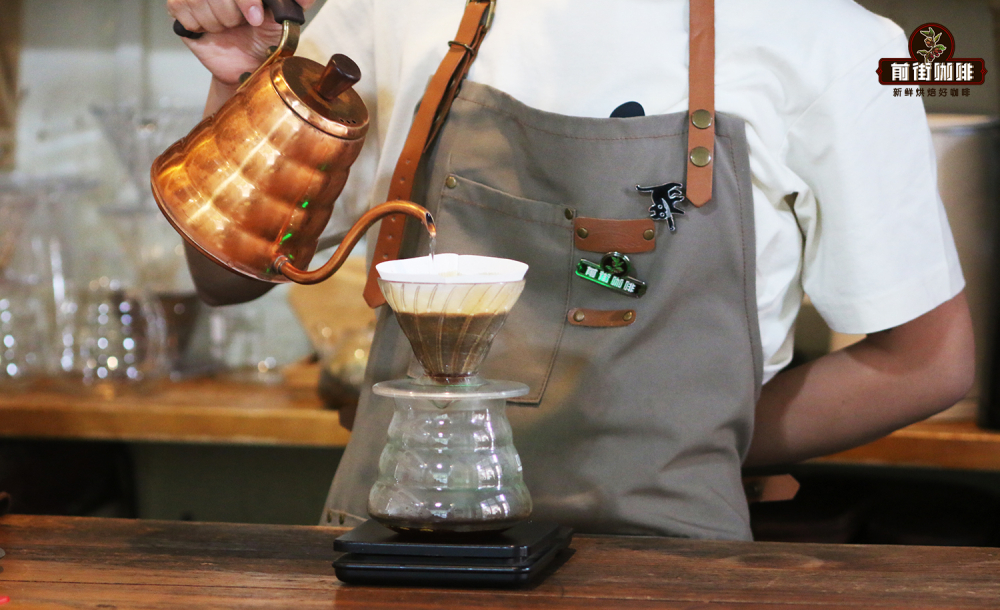
Qianjie believes that these two kinds of Yega Xuefei coffee beans have their own advantages. Yega Xuefei treated by water washing will bring cleaner taste and bright acidity; while sun-treated Yega Xuefei coffee beans are more juicy and sweet, and the aroma is also more sufficient, so when you choose Ethiopian washed and sun-treated Yega Xuefei beans, you can choose according to your own preferences.
For more boutique coffee beans, please add private Qianjie coffee on Wechat. WeChat account: kaixinguoguo0925
Important Notice :
前街咖啡 FrontStreet Coffee has moved to new addredd:
FrontStreet Coffee Address: 315,Donghua East Road,GuangZhou
Tel:020 38364473
- Prev
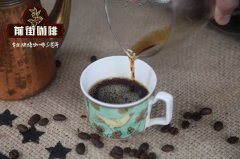
How to wash Yega 90 + Lomitasha hand-brewed coffee? how about 90 + Lomitasha coffee beans?
Professional coffee knowledge exchange more coffee bean information Please follow the coffee workshop (Wechat official account cafe_style) many people asked me, what on earth is 90 +? To put it simply, 90+ is a high-quality raw bean company in the United States, touting that their raw beans are super-high-quality products with a cup test of more than 90 points, mainly in Ethiopia. Their raw beans are famous for their cleanliness, berry tone, and high price.
- Next
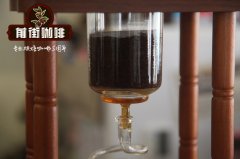
Yega Xuefei Sun Sun Adado Coffee Ice hand flushing Teaching Video _ Yega Xuefei Sun how to do hand flushing
Professional coffee knowledge exchange more coffee bean information please follow the coffee workshop (Wechat official account cafe_style) Yega Xuefei this kind of coffee with sweet and sour fruit is actually a watershed for drinking coffee. Entry-level coffee lovers drink beans with low acidity and high alcohol thickness to find their own taste sensitivity and recall the taste of the coffee. After drinking, I can't help feeling a little monotonous, and I will look for more
Related
- Detailed explanation of Jadeite planting Land in Panamanian Jadeite Manor introduction to the grading system of Jadeite competitive bidding, Red bid, Green bid and Rose Summer
- Story of Coffee planting in Brenka region of Costa Rica Stonehenge Manor anaerobic heavy honey treatment of flavor mouth
- What's on the barrel of Blue Mountain Coffee beans?
- Can American coffee also pull flowers? How to use hot American style to pull out a good-looking pattern?
- Can you make a cold extract with coffee beans? What is the right proportion for cold-extracted coffee formula?
- Indonesian PWN Gold Mandrine Coffee Origin Features Flavor How to Chong? Mandolin coffee is American.
- A brief introduction to the flavor characteristics of Brazilian yellow bourbon coffee beans
- What is the effect of different water quality on the flavor of cold-extracted coffee? What kind of water is best for brewing coffee?
- Why do you think of Rose Summer whenever you mention Panamanian coffee?
- Introduction to the characteristics of authentic blue mountain coffee bean producing areas? What is the CIB Coffee Authority in Jamaica?

